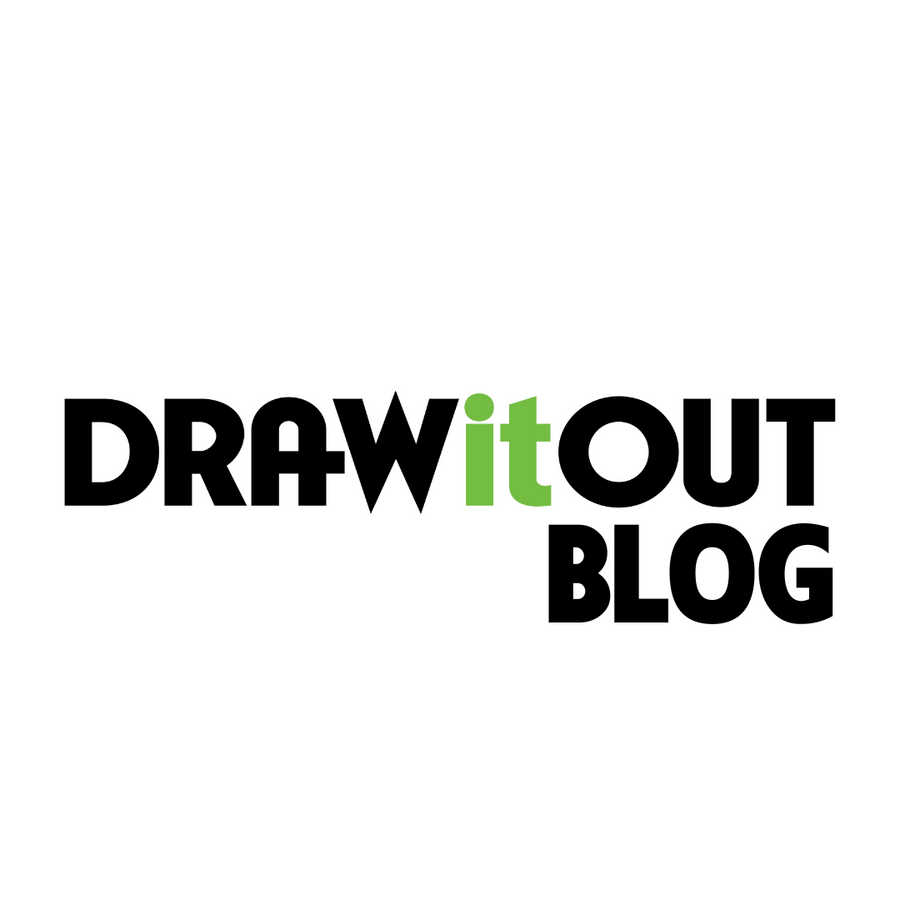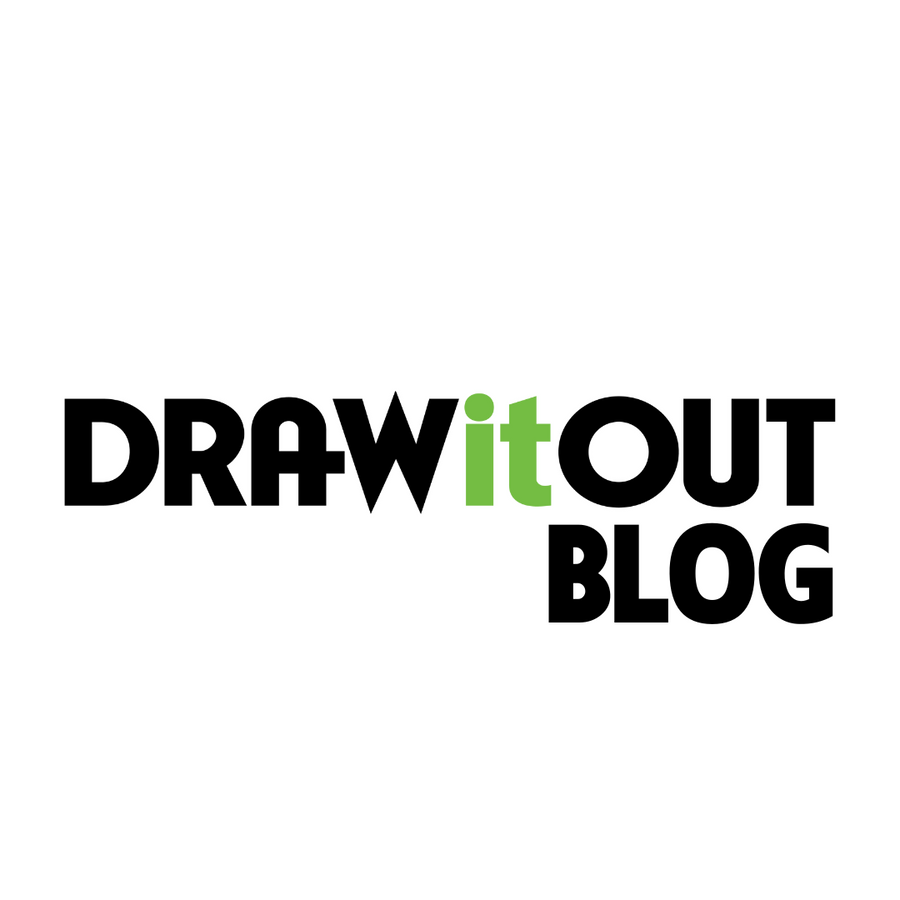Introduction
The health of a horse's hooves is paramount to its overall well-being and performance. Hooves are not just an essential aspect of equine locomotion; they are a reflection of the horse's overall health. One critical factor that can significantly affect hoof health is the type of footing the horse is exposed to, especially in arenas. Additionally, maintaining the proper moisture balance in hooves is crucial for preventing various issues, from dryness and cracking to microbial infections. This article explores the impact of arena footing on hooves, the importance of moisture balance, and how Silver Hoof EQ Therapy® by Draw It Out® plays a pivotal role in hoof care.
The Impact of Arena Footing on Hooves
Arena footing varies widely, from sand and gravel to rubber and synthetic surfaces. Each type of footing has unique properties that can impact a horse's hooves differently.
Sand: Sand footing is commonly used in arenas because it provides excellent shock absorption and is easy on a horse's joints. However, it can be abrasive and may lead to excessive wear on the hooves. The impact of sand on hooves deserves further examination.
Impact of Sand on Hooves:
Sand footing, while beneficial in terms of shock absorption, poses certain challenges to hoof health. The abrasive nature of sand can gradually wear down the hoof wall and sole over time. This abrasive action can lead to uneven wear patterns, which may affect a horse's gait and soundness.
Furthermore, sand can become compacted within the hoof, especially in wet conditions. This can lead to discomfort and potential hoof issues. When sand is consistently lodged in the hoof clefts, it can create an environment conducive to microbial infections, such as thrush.
Mitigating Sand-Related Hoof Issues:
To counteract the abrasive effects of sand footing, regular maintenance and monitoring of hoof health are essential. Frequent cleaning and inspection of the hooves can help prevent sand buildup. Additionally, applying protective measures, such as hoof boots, during training or competition on sand can reduce the wear and tear on hooves.
Gravel: Gravel surfaces offer good drainage but can be harsh on hooves, leading to excessive chipping and wear if not properly maintained.
Rubber: Rubber footing is forgiving on a horse's legs and hooves, providing cushioning and support. However, it can also retain moisture, which can lead to other issues if not managed correctly.
Synthetic Surfaces: Artificial surfaces are designed to mimic natural turf and provide a consistent, predictable footing. While they offer stability, they may not provide the same conditioning effects on hooves as natural terrain.
Regardless of the type of footing, maintaining proper moisture levels in hooves is essential to prevent problems such as dryness, cracking, and microbial infections.
The Role of Moisture Balance in Hoof Health
Hooves are naturally designed to adapt to varying moisture conditions. They absorb moisture when in wet environments and release it when in dry conditions. This balance keeps hooves pliable and resilient. However, when this balance is disrupted, problems can arise.
Dry Hooves: Excessively dry hooves become brittle and prone to cracking. This is not only painful for the horse but can also lead to more severe issues if not addressed promptly.
Wet Hooves: On the other hand, hooves exposed to excessive moisture can soften and become more susceptible to microbial infections like thrush and foot rot.
Silver Hoof EQ Therapy® by Draw It Out®
Silver Hoof EQ Therapy® by Draw It Out® is a product specially formulated to address these hoof issues and maintain healthy hooves. This innovative therapy plays a crucial role in enhancing hoof health through its unique blend of ingredients and application method.
Key Components of Silver Hoof EQ Therapy® by Draw It Out®
Tea Tree Oil and Thyme Oil: These oils disrupt the permeability of microbial cell membranes, causing the cells to burst. Additionally, they stimulate blood flow, aiding in nutrient distribution and expediting hoof growth.
Zinc Pyrithione: A broad-spectrum antimicrobial, zinc pyrithione, disables the transport systems in fungal and bacterial cells, targeting infections at their source.
Silver Nitrate: Silver nitrate affects various aspects of microbial life, including DNA replication and energy production, making it a powerful antimicrobial agent.
Glycerin and Abyssinian Oil: These components work in tandem to balance moisture levels within the hoof. Glycerin prevents moisture evaporation, while Abyssinian oil is quickly absorbed, providing moisture throughout the hoof.
Hydrolyzed Keratin: Absorbed through the coronary band, hydrolyzed keratin directly contributes to the synthesis of the hoof wall tubules, supporting hoof growth.
Application of Silver Hoof EQ Therapy® by Draw It Out®
To use Silver Hoof EQ Therapy® by Draw It Out effectively, follow these steps:
Clean the Hoof Thoroughly: Begin by cleaning the hoof and removing any debris or infected tissue.
Application: Apply Silver Hoof EQ Therapy® by Draw It Out® into the clefts of the frog, heel bulb, and any holes or cracks. In severe cases, gauze or cotton can be packed into the hoof after application.
Treatment Frequency: For active infections, treat 1-2 times daily for a minimum of 3 days. To prevent future infections, treat twice weekly.
In-Depth Analysis: The Science Behind Silver Hoof EQ Therapy® by Draw It Out®
Silver Hoof EQ Therapy® by Draw It Out® is not just a product; it's a scientific innovation designed to address various aspects of hoof health. Let's delve deeper into the science behind this remarkable hoof therapy:
1. Tea Tree Oil and Thyme Oil: A Microbial Menace
Tea tree oil and thyme oil are key components of Silver Hoof EQ Therapy® by Draw It Out®. Their effectiveness in combating microbial infections is grounded in science:
Cell Membrane Disruption: Tea tree oil and thyme oil disrupt the permeability of microbial cell membranes. These oils contain active compounds such as terpenes and phenolic compounds, which interact with the lipid bilayer of bacterial and fungal cells. This disruption leads to the rupture of cell membranes, causing cell death.
Stimulating Blood Flow: Beyond their antimicrobial properties, tea tree oil and thyme oil stimulate blood flow in the hoof. Increased blood circulation enhances the delivery of essential nutrients to the hoof, expediting the healing process and promoting hoof growth.
2. Zinc Pyrithione: The Microbial Disabler
Zinc pyrithione is another vital ingredient in Silver Hoof EQ Therapy®. Its effectiveness in addressing microbial infections is rooted in its mechanism of action:
Disabling Microbial Transport Systems: Zinc pyrithione is a broad-spectrum antimicrobial that disables the transport systems in fungal and bacterial cells. This action disrupts the vital processes of these microorganisms, rendering them unable to function and replicate.
Preventing Resistance: Zinc pyrithione's broad-spectrum activity is a key advantage in preventing the development of microbial resistance. By targeting multiple aspects of microbial life, it reduces the likelihood of microbes adapting and becoming resistant.
3. Silver Nitrate: A Microbial Multitasker
Silver nitrate is another powerhouse in Silver Hoof EQ Therapy®. Its antimicrobial effects are multifaceted:
DNA Replication Inhibition: Silver nitrate interferes with the replication of microbial DNA. By binding to the DNA molecule, it prevents proper replication, halting the growth of microbial populations.
Energy Production Disruption: Microbes require energy to function and multiply. Silver nitrate disrupts microbial energy production processes, further weakening their ability to survive and thrive.
Oxygen Utilization Interference: Microbes utilize oxygen as part of their metabolic processes. Silver nitrate interferes with oxygen utilization, depriving microbes of this vital resource.
4. Glycerin and Abyssinian Oil: Balancing Moisture for Hoof Health
Glycerin and Abyssinian oil form a dynamic duo in Silver Hoof EQ Therapy® by Draw It Out® when it comes to moisture balance:
Glycerin's Humectant Properties: Glycerin is a humectant, meaning it has the ability to attract and retain moisture. When applied to the hoof, it prevents the evaporation of moisture, maintaining an optimal level of hydration. This is especially crucial in dry, arid conditions where hooves are prone to excessive dryness.
Abyssinian Oil's Rapid Absorption: Abyssinian oil is known for its rapid absorption properties. When applied to the coronary band and periople (the soft tissue just above the hoof wall), it quickly penetrates the hoof structures. This ensures that moisture is distributed throughout the hoof, promoting flexibility and preventing issues associated with excessive dryness.
5. Hydrolyzed Keratin: Building Blocks of Hoof Growth
Hydrolyzed keratin is a key ingredient in Silver Hoof EQ Therapy® that directly supports hoof growth:
Incorporation into Hoof Wall Tubules: Hydrolyzed keratin, when absorbed through the coronary band, becomes an integral part of the synthesis of the tubules that make up the outer hoof wall. This inclusion strengthens the hoof structure and promotes healthy, robust hoof growth.
Conclusion: A Comprehensive Solution for Hoof Health
In conclusion, Silver Hoof EQ Therapy® by Draw It Out® represents a comprehensive and scientifically-driven solution for maintaining and improving hoof health in horses. From its natural ingredients with proven antimicrobial properties to its moisture-balancing components and support for hoof growth, this therapy addresses the multifaceted aspects of hoof care.
By understanding the impact of arena footing on hooves and the critical role of moisture balance, horse owners and trainers can appreciate the value of products like Silver Hoof EQ Therapy® by Draw It Out® in ensuring their equine partners have the best possible hoof health. With science as its foundation, this therapy offers a pathway to healthier, stronger hooves and, by extension, happier and more agile horses.




